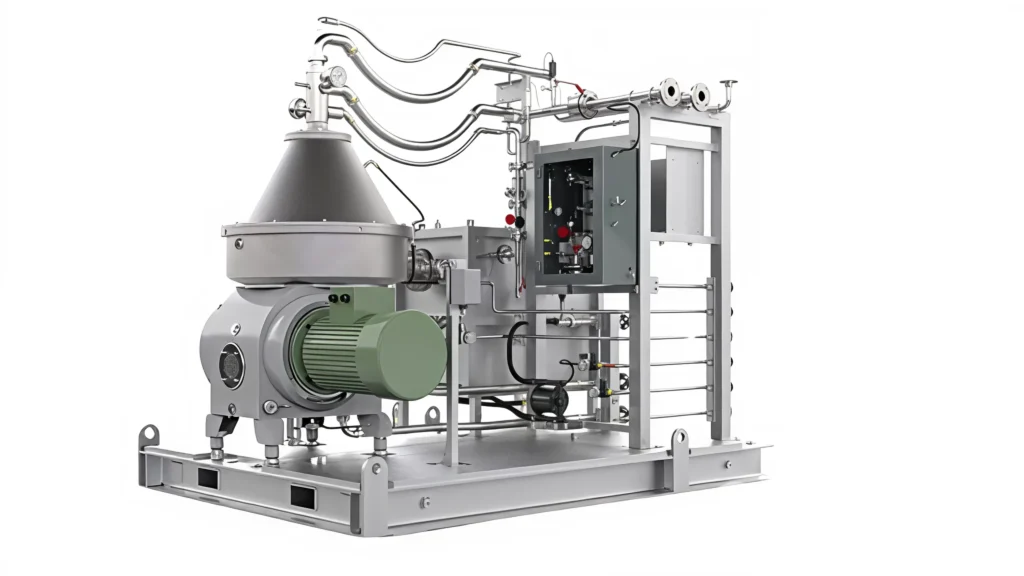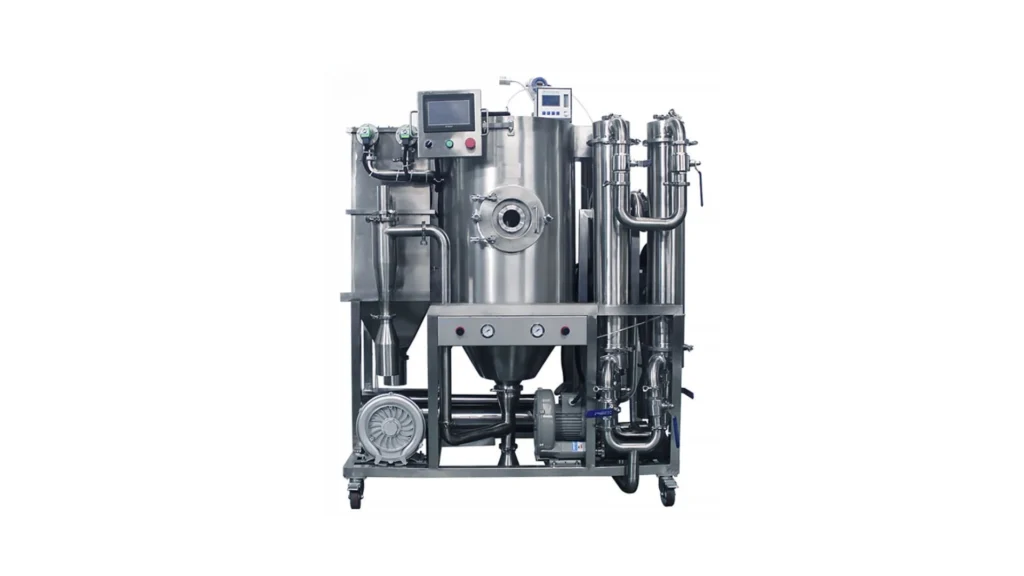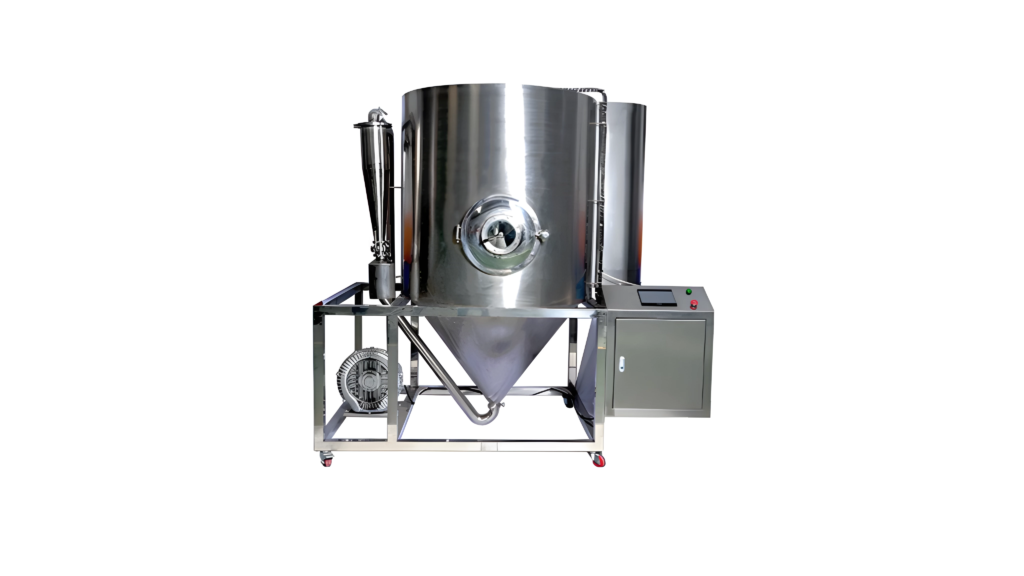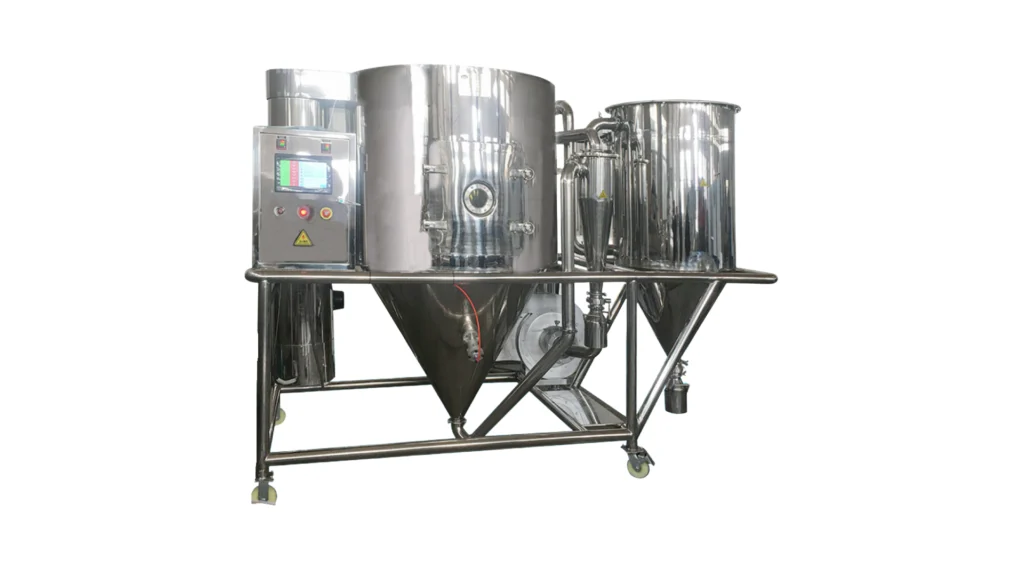
ANHIDROUS ALCOHOL DISTILLATION PLANTS
Anhydrous alcohol distillation plants
Anhydrous alcohol distillation plants
TECHMI GROUP provides equipment for the production of sugar cane bioethanol, corn bioethanol and sweet sorghum bioethanol and others… We design and build anhydrous alcohol distillation plants up to 500 tons per day.
Bioethanol production process from sweet sorghum.
Key steps:
Sweet sorghum selection and preparation: Sweet sorghum varieties suitable for bioethanol production are selected. The sorghum is then harvested and crushed to release the starch and sugars present in the grain.
Milling: The crushed sweet sorghum undergoes a milling process to obtain a fine mass that increases the contact surface with the enzymes during the saccharification stage.
Saccharification: The ground sorghum mass is mixed with hot water and specific enzymes are added that break down the starches into simple sugars, mainly glucose. This step is crucial for the production of fermentable sugars.
Fermentation: The solution obtained after saccharification is transferred to fermenters where yeasts or other fermenting microorganisms are added. These microorganisms convert the simple sugars into alcohol (ethanol) and carbon dioxide in a process known as fermentation.
Distillation: Once fermentation is complete, the solution is distilled to separate the ethanol from the other components of the mixture, such as water and solid residues. Distillation is carried out at controlled temperatures to separate the components according to their boiling points.
Purification: After distillation, the ethanol undergoes additional purification processes to remove any residual impurities, resulting in a high purity bioethanol.
Skimming and dehydration: The purified bioethanol can be skimmed to remove any residual water and then dehydrated to increase the ethanol concentration to the desired level, usually around 99% purity.
Storage and distribution: Once high purity bioethanol is obtained, it is stored in suitable storage tanks and then distributed for use as fuel or in industrial applications.
Utilization of sorghum thayo: The fibrous residue, known as thayo, which remains after the fermentable sugars have been extracted, can be utilized in several ways:
Energy production: The tayo can be used as fuel in boilers to generate thermal energy, feeding the bioethanol production process.
Biogas production: Through anaerobic digestion, tayo can be decomposed to produce biogas, which can be used as fuel to generate electricity or heat.
Animal feed: The sorghum chaff can also be used as feed for livestock, after appropriate treatment.
Biodegradable products: In some cases, sorghum chaff is used to make biodegradable products, such as packaging.
TECHMI GROUP is a leading company that manufactures fully automated bioethanol production plants with the latest technology on the market. These plants optimize each stage of the process, ensuring efficiency and sustainability in the production of bioethanol from sweet sorghum.
Products
Related Products
In this category, you will find more products.





